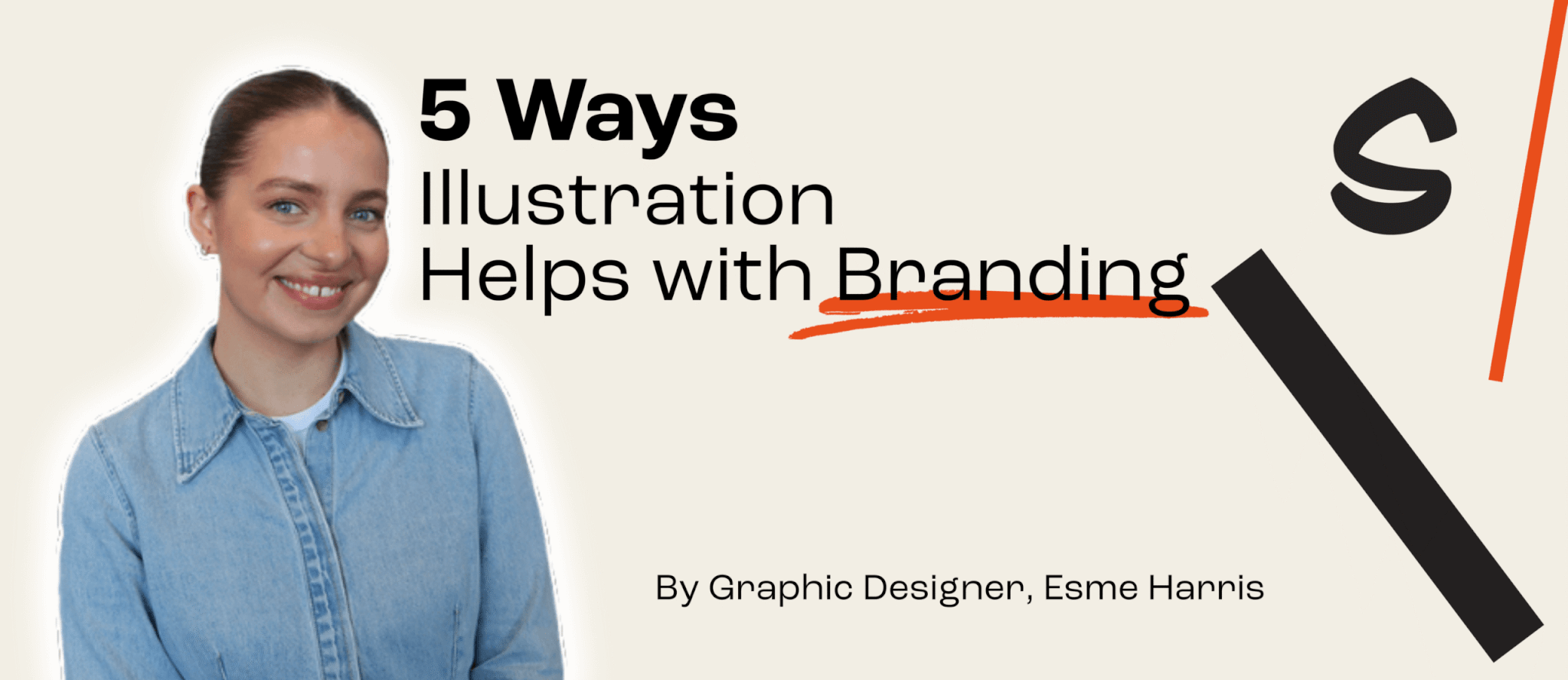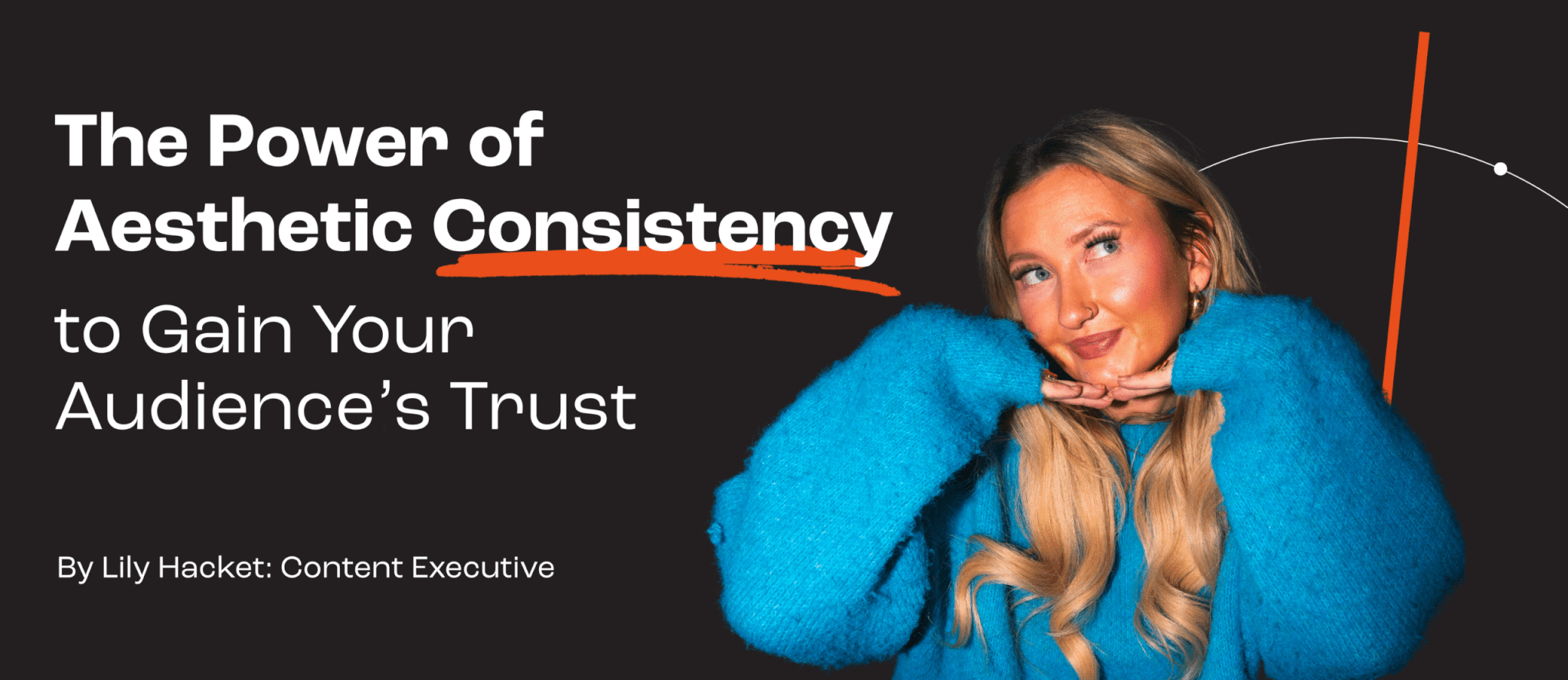It wasn’t until my Linkedin feed became as full of de-influencing as my TikTok FYP that I really started to think… What is the real purpose of de-influencing?
The new TikTok buzzword has become a resident on many users’ For-You-Pages and it currently has over 357m views. The term blew up last month, around the same time influencer Mikayla Nogueira went viral, after viewers questioned the sincerity of one of her paid partnerships.
When I first saw the trend pop up on my feed I immediately thought it could be the change that influencer marketing needed. It encourages…
- Real people with relatable lifestyles
- Transparency and honesty
- Influencers to talk TO us not AT us
However, over the past few weeks, I’ve seen a lot of articles suggesting that this isn’t enough and that de-influencing should be a tactic to tackle consumerism. Because, if influencing is convincing people to buy products, de-influencing, in theory, should be telling people to save their money, right?
From what I’ve seen, influencers are jumping on the trend to show a more honest and authentic opinion… something consumers want to see.
Most of these videos don’t stop after telling people not to waste their money on certain products and why… they go on to offer alternatives to purchase instead; creating the argument that this is still promoting consumerism. But, if these opinions are more honest and consumers are therefore making more informed decisions this has got to lead to more meaningful purchases, therefore still having a more positive impact than before?
Despite the trend of de-influencing starting to become more vacant of my new feeds, the impact of the trend is definitely here to stay. Consumers know what they want to see and influencers and brands won’t be able to avoid that. In a world where brand loyalty and communities are so important, they have no choice but to become the real people with real opinions that we want to see. Especially as the cost of living goes up, influencers need to build trust with audiences who can no longer afford the expensive products that some content creators get paid thousands to promote.
The “TikTok made me buy it…” effect is still in full swing, just under a new label but it holds the potential to change things for the better.


